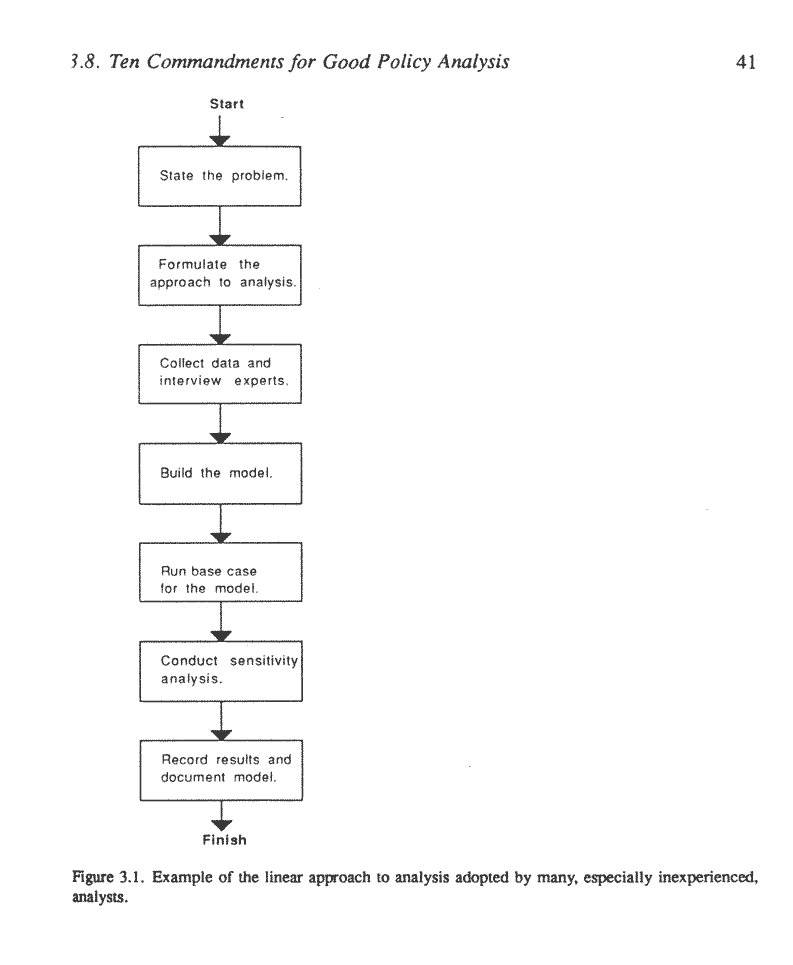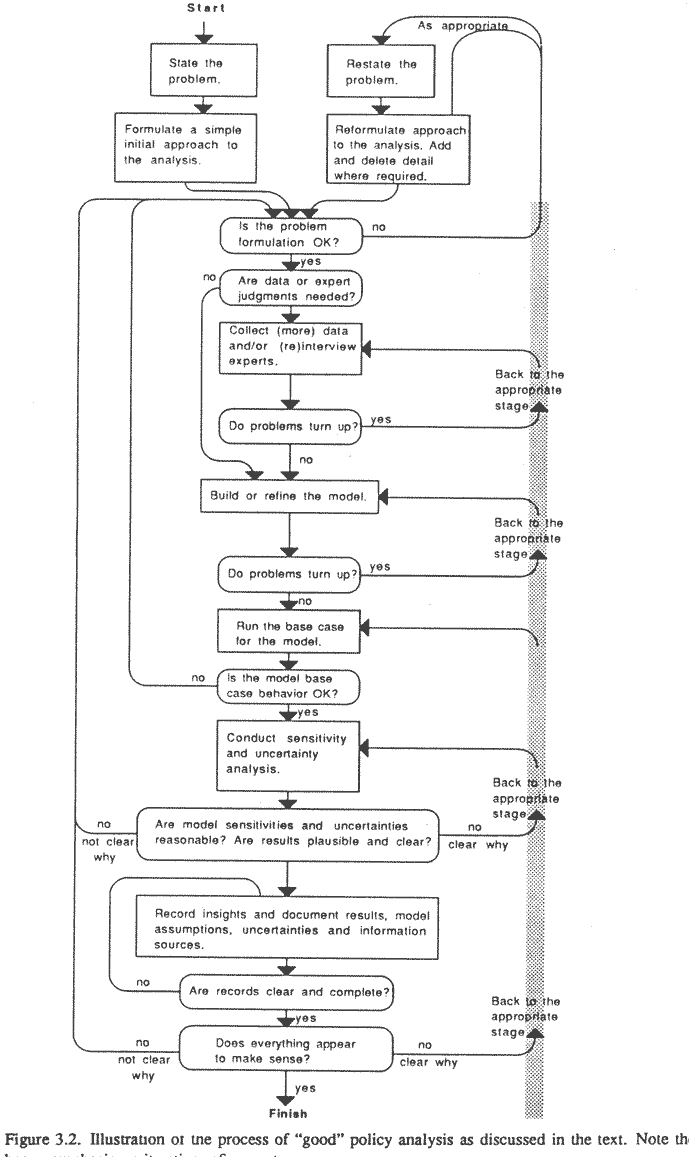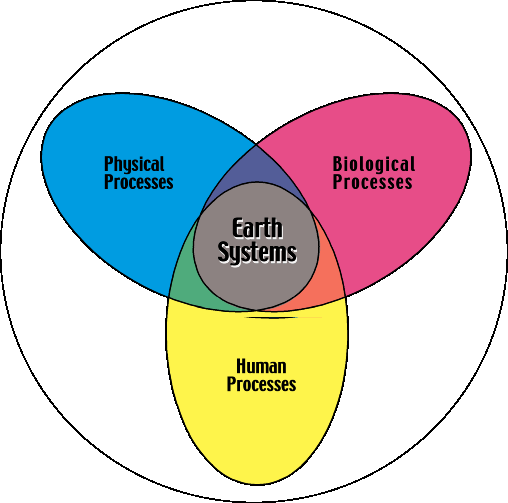This Weekend's Weather
Soccer this spring has hammered by the weather. It seems that at times in the year, spring being one of them, the weather can run in roughly 7 day cycles and this year the 1 or 2 days of that cycle that were rainy and raw tended to fall on Saturday. This weekend it looked to be another rain-out. The Weather Channel multi-day forecast called for rain on Friday tapering off into showers Saturday morning. This is a recipe for canceled games, because the fields don't drain so even if things are off by 1/2 of a day, the fields can still be rendered unusable.
But the rain never developed. In fact as the Friday got closer, the forecast changed from rain to showers, but continued to call for precipitation over the crucial field-soaking period. So Friday dawned, and sure enough the clouds came in, but noontime came and went without any rain, and then so did mid-afternoon. I went to bed with dry streets, peaked out the window at 3a (says something about my sleeping these days) and saw dry sidewalks. The sun rose behind a pretty raw overcast on Saturday, but everything was dry; so the Rockets got hammered in a 0-4 blowout (better game actually than the score).
The rain we were supposed to get was from a low that was to head northeast up the coast from the Carolinas. In this case there was also a high over New England that was to steer it out to sea. Based on watching my barometer, it looks like the high won and held the low further south than the forecasters expected. We have had seasonally pretty high pressure for the last few days.
Weather forecasting these days, at least in New York, is pretty good. The five day is not bad and by the time you get within 3 days it is pretty reliable in its main features (e.g rain vs no rain, warm vs cold). This is actually why the lack of rain this weekend impressed me. The forecast continued to call for showers long after they had failed to materialize as expected midday on Friday. The best I can do to explain it is the pressure story above and the observation that on the maps, New York was always on the northern edge of the region with predicted precipitation, so small changes in what actually happened could make a difference between getting rain and getting hammered.
In talking about the lack of rain with another soccer parent who spends a lot of time in England, she noted that in England nobody pays any attention to the weather forecast. Thus it would seem that the weather is more predictable on the East Coast of the US than it is in England (it is not that we are better at it, because the UK has one of the world's best Met Services). This is probably because the weather on the East Coast pretty much is all leftover from what was in Minnesota 24-36 hours earlier. Basically we can see it coming. England on the other hand is basically an island at the intersection of two or three serious oceans and its weather comes at it from all directions. (The geography of our weather also accounts for the pretty stable spring time period of 5-7 days.)
That said weather forecasting has still gotten pretty good. At least part of this skill is attributed to the fact that weather forecasters make literally thousands of predictions every year and with the success or failure of those predictions they learn a little bit more about how to make predictions. There are theoretical reasons why weather forecasting is not likely to go much further into the future than the 5-7 days that they now attempt. These reasons have to do with the complexity of weather systems and their sensitive dependence on initial conditions.
In fact, one of the founding scientists of the field of chaotic systems, Ed Lorenz, discovered sensitive dependence on initial conditions as he was developing the first very simple computer models of atmospheric dynamics. He was puzzled by the fact that if he restarted the model using output values of the model's parameters at some time, then the second run of the model would rapidly diverge from the first run. It turns out that in writing out the computer model's parameters, he was rounding them off and the round off mattered.
So weather predicting is probably at its limit as far as how far out it can go. Inside of the theoretical limits I expect we will get better at predicting the details of when the rain will start and stop and how much we will get etc. Next weekend looks like a soaker, but it is Memorial Day weekend so no soccer game. What the following weekend holds with respect to the weather is anyone's guess, but the twins have another commitment so the Rockets will be weakened up front and in the mid-field.









